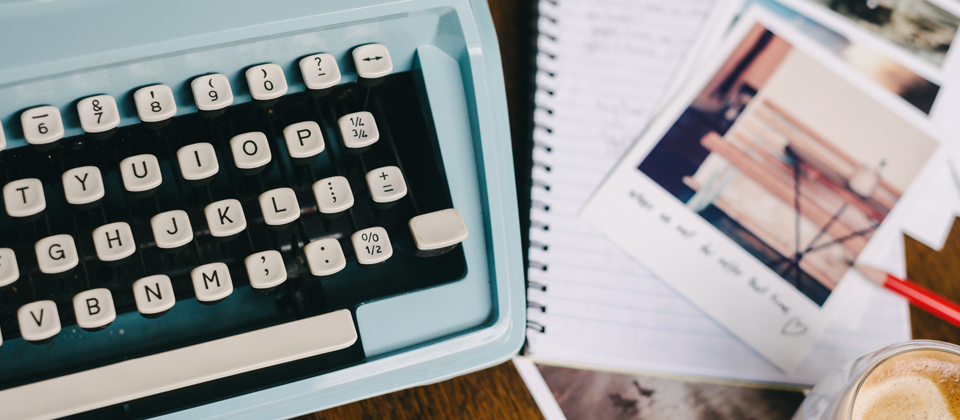
Integrative Healing Arts Blog
I empower my clients to tap into their body's natural ability to balance, heal, and transform. Here, you’ll find articles on women's health, fertility wellness, natural pain relief, immune support, stress relief, holistic health, and how these practices can support your healing.
-Tsao
Browse Categories
- Acupuncture Basics
- Anti-aging
- Anxiety
- Athletic Performance
- Colds and Flu
- Coronavirus
- Covid-19
- Digestive problems
- Facial Rejuvenation
- Featured
- Fertility
- Flu
- General Wellbeing
- Health
- Mens Health
- Middle age
- Pain Management
- Prevention
- Self care
- Sore throat
- Stress
- Trying to Conceive
- Weightloss
- Women's Health
- antibioticresistant
- arthritis
- autoimmune
- breast cancer
- covid-19
- fatigue
- immune
- infertility
- joint pain
- long haulers
- olafactory
- olfactory
- pain relief
- pregnancy
- smell
- superfood
- taste
- virus
Boost Your Fertility Naturally
Discover the top superfoods that support fertility, plus easy recipes that nourish your body and help you easily incorporate them into your day without guesswork.

